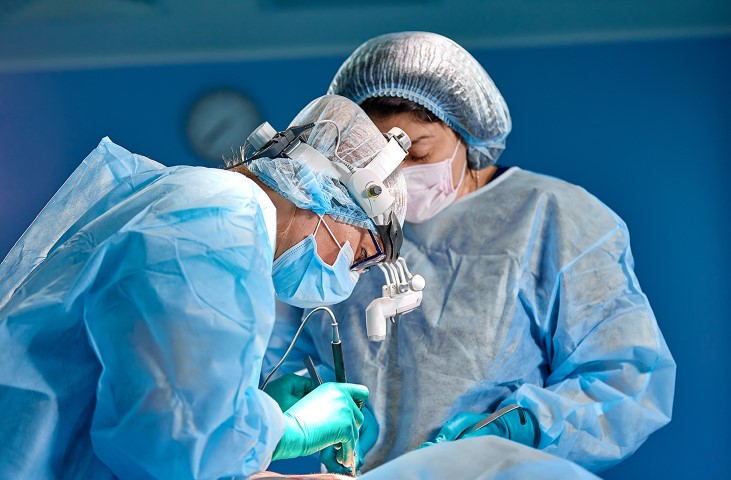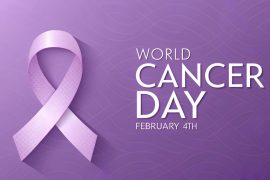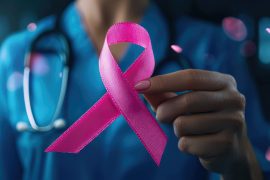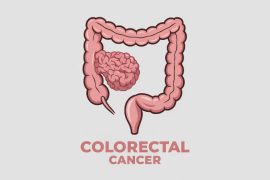Over the years, science and medicine has come a long way towards improving healthcare. There was a time when we knew little about ailments like breast cancer, but today, we know that early intervention helps reduce risk significantly. And this intervention begins with you!
Before we get into the technicalities, let us know what breast cancer really is. Simply put, breast cancer is a form of cancer that is found in the breast when the cells grow out of control. These mutated cells cause a tumour, which leads to various health complications.
Though the disease occurs mainly in women, a few men can fall prey to breast cancer as well. According to the World Health Organization, an estimate of 110 000 cases of breast cancer are recorded every year in both developed and developing countries.
To understand breast cancer better, we need to know a bit about the breast. Broadly put, breasts are made up of three main parts: Connective tissues, Ducts, and Lobules. The lobules are the glands that produce milk. The tube that carries milk to the nipples are called ducts and the connective tissue surrounds and holds everything together. While most forms of breast cancer begin in either the ducts or lobules, there’s always a chance that it forms in another part of the breast.
Through blood vessels and lymph vessels, breast cancer can also spread outside the breast. It is said to have metastasized when cancer spreads to other parts of the body. It is important to know that all breast lumps are not cancerous. In most cases, they are benign and not life-threatening. Non-cancerous tumours grow abnormally but do not spread outside of the breast. But some forms of benign lumps can increase a women’s risk of getting breast cancer. So, it is important to visit a healthcare professional as soon as you notice any changes or lumps.
The Different Forms of Breast Cancer
The most common kinds of breast cancer are:
- Invasive Ductal Carcinoma: They grow outside the ducts in other parts of the breast tissue. They can metastasize or spread to other parts of the body.
- Invasive Lobular carcinoma: The cancer cells spread from the lobules to the tissues close by and can also spread to other parts of the body.
Some rare forms of breast cancers include Phyllodes tumours and Angiosarcoma
Cancer detection begins with a diagnostic procedure called a biopsy. Once the biopsy is done, the cancer cells are tested for proteins called Estrogen receptors, Progesterone receptors, and HER2. The tumour cells are tested closely in the lab to know which grade it is which helps decide treatment options.
Types of breast cancer surgery
Once your doctor looks at the biopsy reports, they decide on surgical intervention basis several factors. These include:
- The cancer size
- The location of the cancer lump in your breast
- The size of the breast
- The grade of your cancer



Moving to the surgical table:
Basis the factors mentioned above, your doctor may present you with surgical options which may be from one of the below –
- Lumpectomy: A Lumpectomy is also known as a breast conversing surgery because only a portion of the breast is removed. In this surgery, the surgeon removes the tumour along with other abnormal tissues while leaving behind the healthy tissues. Along with the surgery, your doctor may also suggest radiation therapy to kill any remaining abnormal cells.
While a Lumpectomy is pretty straightforward, there are chances that cancer in your breast is at a complicated stage. At such times, your doctor may suggest you undergo a Mastectomy. A Mastectomy usually involves the removal of the whole breast.
There are various kinds of Mastectomy surgeries. These include –
- Simple or total mastectomy: The entire breast is removed, the surgeon does not perform axillary lymph node dissection, which is, the removal of lymph nodes in the underarm area. No muscles are removed beneath the breast.
- Modified radical mastectomy: The entire breast is removed and the surgeon performs axillary dissection and no muscles are removed from beneath the breast.
- Radical Mastectomy: The entire breast is removed along with levels 1, 2, and 3 of the underarm lymph nodes and the surgeon also removes the chest wall muscles under the breast. Radical mastectomy is recommended only when cancer has spread to the chest and muscles under the breast.
- Partial mastectomy: Only the cancerous part of the breast is removed along with normal tissues around it. More tissues are removed in partial mastectomy compared to lumpectomy.
- Nipple-sparing mastectomy: All of the breast tissue is removed but the nipple is left alone.
- Lymph node removal and analysis
Cancer can be found in cells of Axillary lymph nodes in some cancer cases. Hence it is important to find out whether the lymph nodes near the breast contain cancer. This helps in treatment and prognosis. The procedure includes –
- Sentinel lymph node biopsy: The sentinel nodes are the first few lymph nodes into which a tumour drains. Sentinel node biopsy is a surgical procedure to determine whether cancer has spread beyond a primary tumour.
- Axillary lymph node dissection: Axillary lymph node dissection is a surgical procedure that removes nodes in levels 1 and 2 for women with invasive breast cancer.
- Reconstructive surgery
After Mastectomy, doctors might suggest a reconstruction of the breast. This is a surgery to recreate the breast using the tissue taken from another part of the body or synthetic implants. It is usually performed by a plastic surgeon.



Can Side Effects Occur Post Surgery?
Like any other major surgery, breast cancer surgery may present symptoms post the operation. These side effects include –
- Fatigue: Fatigue or Cancer tiredness is the most common side effects of cancer treatment. Though the emotional impact of the diagnosis may continue for a few weeks or months, it is paramount to be physically active.
- Shoulder stiffness: Gentle arm and shoulder exercise can prevent this, ask your doctor when you can start exercising.
- Numbness and tingling: Bruising or injury to nerves can be caused due to surgery which can lead to numbness and tingling in the armpit, upper arm, or chest area.
- Seroma: This is most common after a mastectomy. The fluid collects in or around the surgical scar and causes a balloon-like swelling.
- Change in nipple, breast, or arm sensation: It is temporary but might be permanent in few patients.
- Lymphedema: After the lymph nodes surgery, fluid building up in the tissue of the arm and the breast may cause swelling.
Some of the late side effects of the surgery are:
- Loss of fertility
- Weight gain
- Early-onset of menopause
- Anxiety
- Problems of intimacy and sexual behaviour
- Pain in muscles and joints
- Problems in bone health
- Hot flashes
So, should you be worried about Breast Cancer Surgery?
While there are, a few risks involved, our understanding of Breast Cancer has grown significantly over the years. So, if your doctor advises you to undergo surgery, do consider it. Indeed, certain side effects, either short term or long term, may present. But in most cases, it far outweighs the risk that breast cancer presents. Even if you aren’t suffering from Breast Cancer yet, you must do a self-check from time to time so that you can stay ahead of the ailment!




